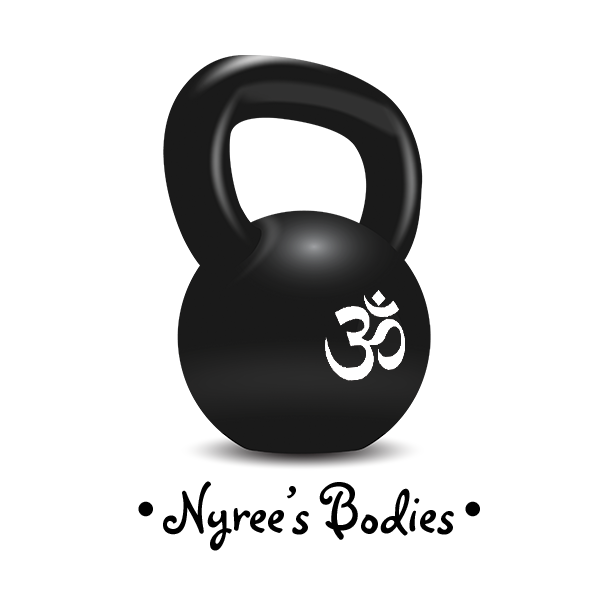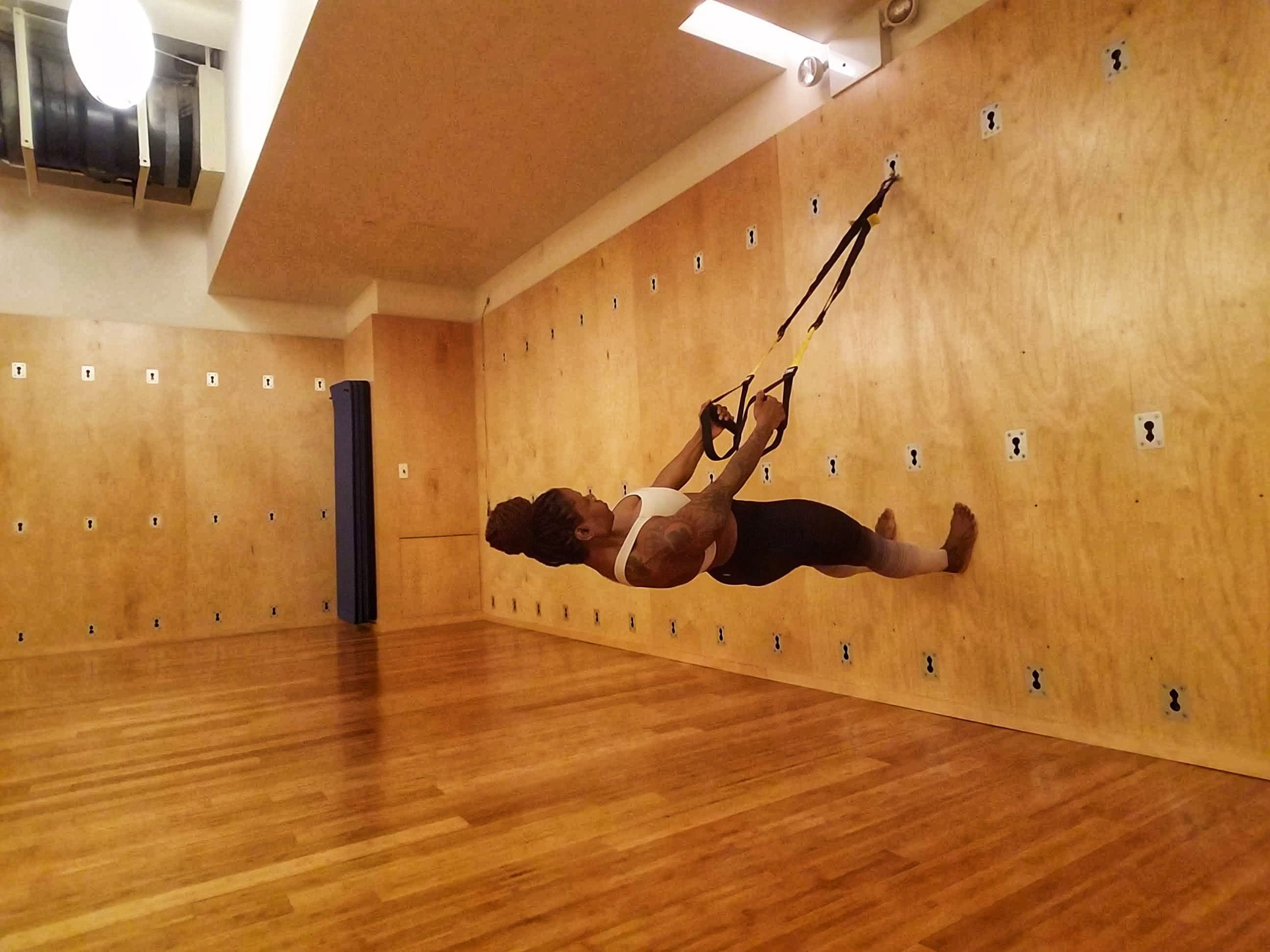There is a correlation between life expectancy and grip strength. According to the International Working Group on Sarcopenia (the degenerative loss of skeletal muscle mass & strength associated with aging), grip strength is an indicator of overall muscle strength and function and is "strongly associated with preserved mobility, higher activities of daily living and decreased disability.” Any training program worth its weight in kettlebells should incorporate this type of exercise such as the farmers walk, step ups holding dumbbells, hanging crunches or assisted pull ups.
Grip strengthening exercises have significant practical, real world applications. For example, carrying those heavy ass Trader Joe's paper bags with the wide handles up the stairs of the subway while knocking people out the way. How about being able to hold tight to that corkscrew while you desperately open that much needed and anticipated after work bottle of wine (You know what I'm talking about!).
Reverse Plank Hold
Here I demonstrate a TRX reverse plank hold which can also be done with rings. Holding the handles while sitting on the floor with straight legs, place the feet at the baseboard ( the advanced version with feet on wall is what I’m demonstrating), engage all the muscles of the legs and lift the hips off the floor until the body is level in a plank. This isometric hold builds strength in the muscles of the hands and forearms as well as the muscles of the back body, the SITS muscles in the shoulder joint, the biceps & triceps.
I regularly incorporate this hold in my TRX classes at @yogaworks_nyc, holding for at least 30 seconds. Once the fear subsided, the grips developed where 30 seconds feels short!.
Check under Classes for TRX class schedule.











